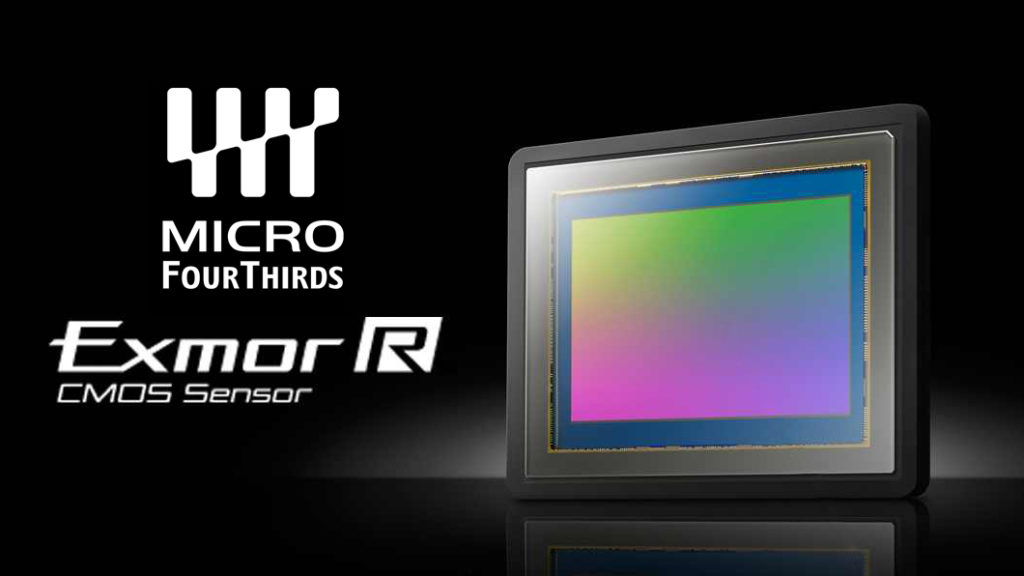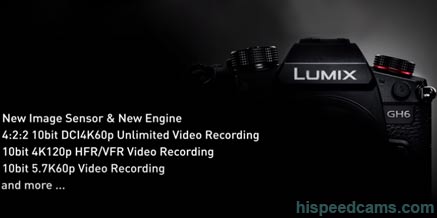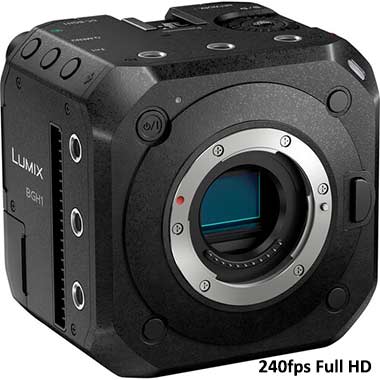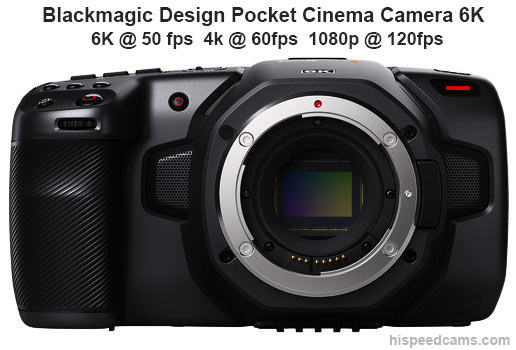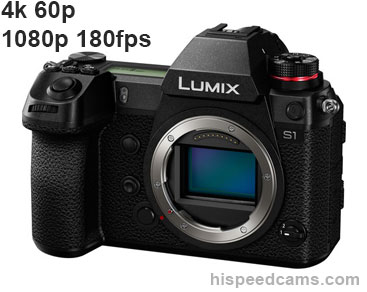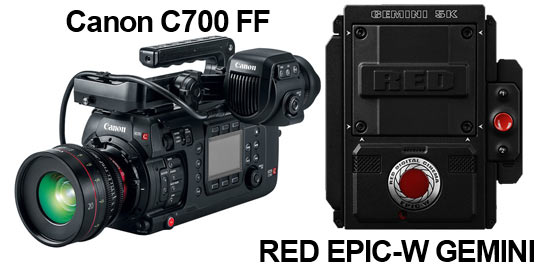The Panasonic Lumix BGH1 is a strange camera if you are used to DSLR or Mirrorless camera body styles. It is tiny and full of connections with no screen unless you provide one via a computer that is tethered or an HDMI field monitor. It uses the same dual ISO sensor found on the Panasonic Lumix GH5s which is a very good low light camera in a Micro 4/3ds package. The BGH1 has a better internal recording set of options than the GH5s but it is more intended as a tethered studio solution with the addition of Genlock synch and SDI out.
The camera also has VFR or a Variable frame rate mode which is identical to the Lumix GH5s as it records from 1fps to 240fps in Full HD 1080p and delivers pretty good performance up to 200fps then lowers the quality along with providing a small added crop to the image at 225fps and 240fps. It is still not as sharp as regular 1080p video and the codec is saved at a lower bit rate but having 240fps as an option is great.
Panasonic LUMIX BGH1 Video Specs:
| Video Modes: |
AVC-Intra/AVC-LongG/H.264 Long GOP/H.265/MOV 4:2:2 10-Bit:
4096 x 2160p at 23.98/24/25/29.97/50/59.94 fps (100 to 400 Mb/s)
3840 x 2160p at 23.98/24/25/29.97/50/59.94 fps (100 to 200 Mb/s)
3328 x 2496p at 23.98/24/25/29.97/50/59.94 fps (100 to 400 Mb/s)
1920 x 1080p at 23.98/24/25/29.97/50/59.94 fps (100 to 200 Mb/s)
AVC-Intra/AVC-LongG/H.264 Long GOP/H.265/MOV 4:2:0 8-Bit:
4096 x 2160p at 23.98/24/25/29.97/50/59.94 fps (100 to 150 Mb/s)
3840 x 2160p at 23.98/24/25/29.97/50/59.94 fps (100 to 150 Mb/s)
3328 x 2496p at 23.98/24/25/29.97/50/59.94 fps (100 to 150 Mb/s)
1920 x 1080p at 23.98/24/25/29.97/50/59.94 fps (100 Mb/s)
AVC-Intra/AVC-LongG/H.264 Long GOP/H.265/MP4 4:2:2 10-Bit:
3840 x 2160p at 23.98/25/29.97/50/59.94 fps (72 to 100 Mb/s)
AVC-Intra/AVC-LongG/H.264/H.264 Long GOP/H.265/MP4 4:2:0 8-Bit:
3840 x 2160p at 23.98/25/29.97 fps (100 Mb/s)
1920 x 1080p at 23.98/25/29.97/50/59.94 fps (24 to 28 Mb/s)VFR Mode 1-240fps Full HD 1080p (24 to 28 Mb/s) |
As you can see, the camera is capable of recording up to 60fps in 10 bit 4:2:2 internally which is better than other m4/3 lumix cameras that top out at 4:2:0 color space in this mode.
Of note is that the VFR Panasonic Lumix BGH1 Slow Motion mode is limited in bit rate from 24Mbits/sec to 28Mbits/sec which is passable but hardly ideal since the image is more compressed. The quality of the VFR should be identical to the GH5s and the sample below by the great youtube reviewer Richard Wong you can see the softness associated with 240p in VFR. We are told that up to 200fps the image looks a bit better and there is no crop associated with it.
Pretty In-Depth Panasonic Lumix BGH1 by Richard Wong:
As you can see in the excellent in-depth review above, the camera has Auto Focus that is pretty similar to the other cameras in the Lumix line and suffers from the same pulsating qualities of the DfD Depth from Defocus algorithm used by Panasonic. We are no fans of it for video even when it has improved a lot. For AF to work reliably you need to have dual Pixels in the sensor with Phase and contrast-detection like those on systems from Canon or Sony.
The camera is very small and it is ideal for drones that can carry the 545g of the body plus a lens. At $1,997.99 at Adorama Camera it is about the same price as a Panasonic S5 which is a full-frame camera that delivers even better performance in low light and has a photo mode and screen. The S5 in our view is a better overall camera for the majority of people but the BGH1 is geared to a different market altogether.
You could build a studio with them as they have Genlock timecode sync and SDI out which is what you want for tethering many of these cameras together. The uses for a camera like this are plenty considering its great low light performance and beautiful image with 13 stops of Dynamic Range when Shooting V-Log L.
Pricing and availability:
Panasonic LUMIX BGH1 – Review – Unboxing the box camera by extrashot: → Continue Reading Full Post ←

